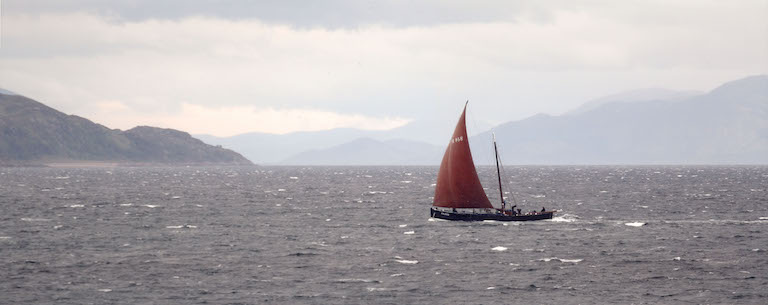Research has revealed some surprises about some of the pieces in our whaling collections.
Scrimshaw
Scrimshaw is the art of engraving designs onto the teeth of sperm whales, baleen and other forms of ivory or bone from marine mammals. It was a common pastime on long whaling voyages. Sperm whales have 23 pairs of teeth which were particularly prized for scrimshaw. After extraction, the teeth were scraped smooth and polished. The design could be engraved freehand or copied using a template. They would then be coloured using ink, soot, lamp-black or oil.
Other items were also made from baleen or bone scrimshaw such as corset stays, decorative panels for inlay work, gaming pieces and boards.
Common Motifs
The themes that whalers chose to decorate their scrimshaw related to their life at sea, aspects of their work, whaling ships, women, coastal scenes and (real or mythical) sea creatures. Inscriptions were also inscribed into whale teeth, although it was very unusual for the artists to sign their work.


The pieces held by the museum fall into these broad categories. However, following closer analysis, we became suspicious that two of the teeth differed significantly from the others in the collection. The ivory was a darker, bluer colour, the designs were more specific, naming the ships, and the bases of the teeth were surprisingly thick.

Mermaid Fakeshaw
“Fakeshaw”
Further research led us to an account produced by the New Bedford Whaling Museum which confirmed our fears - our two suspect teeth matched all the criteria for “fakeshaw” - plastic resin replicas mass-produced from the 1970s onwards by companies such as Juratone of Gloucestershire. The clinching factor was the listing of both pieces in the manufacturer’s catalogue.
As both pieces were donated to the museum and accepted in good faith, there is no implication of fraud or deceit in this case. In fact, having identified the two pieces as replicas does have one positive outcome in that it increases the use that we can make of them for educational purposes and handling.
This unforeseen result of the project has given us new skills in assessing our collections and has identified a serious error in our previous documentation. It also raises interesting questions around the ethics of creating factory-made replicas of ivory objects. It could be argued that replica carvings are an alternative to ivory taken from endangered wild animals. On the other hand, however, their production has little artistic merit and perhaps serves to bolster the general market for decorative ivory.
References
This monograph on “Fakeshaw” by Stuart M Frank includes the replica teeth held in the museum collection: http://www.whalingmuseum.org/sites/default/files/pdf/KWM%20Monorgaph%20Series%20No%201_Fakeshaw.pdf
You can view the fantastic collection of scrimshaw at Mystic Seaport and see scrimshaw work being produced in the video “Etched Into Art: Scrimshaw at Mystic Seaport.”
The Scott Polar Research Institute also has a good collection and gives a useful overview and bibliography at: https://www.spri.cam.ac.uk/museum/catalogue/scrimshaw/about.html























